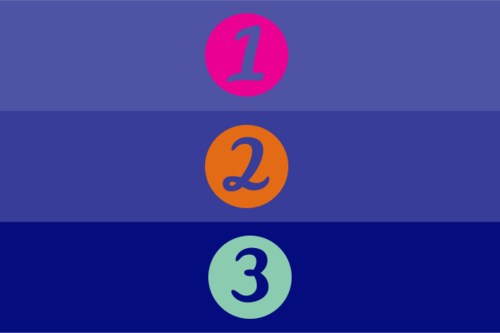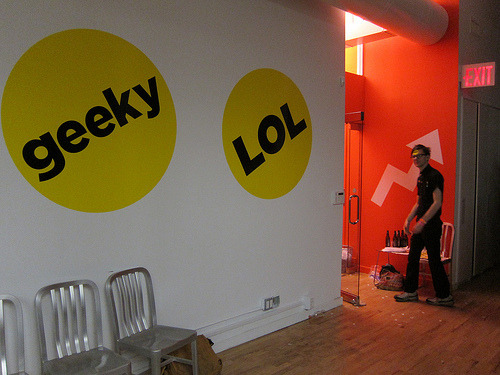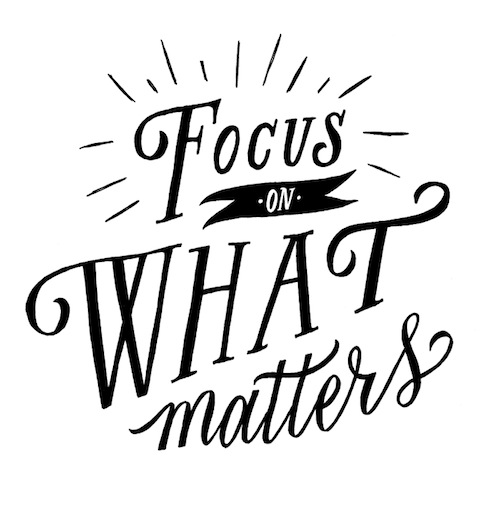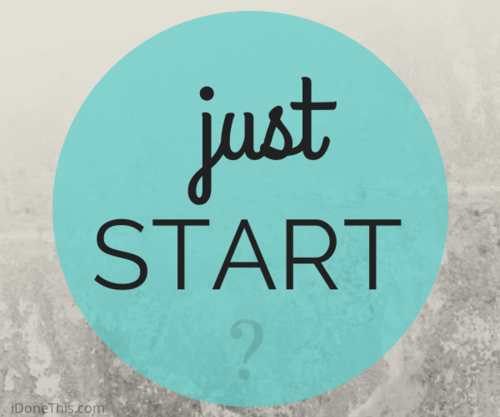
Despite the profusion — or distraction — of helpful productivity advice, sometimes I feel like I’m trying to squeeze my working style into systems that just won’t fit. That’s why I appreciate ways of thinking about productivity that encourage you to align how you work with your natural inclinations and work rhythms.
When you’re stressing about how you’re not getting enough done, it’s easy to stop listening to yourself and to ignore those rhythms. Psychiatrist Dr. T. Byram Karasu points out the cost of such heedlessness:
Like all of nature, human beings are biologically programmed. Our psyche’s interference with the physical rhythms and cycles is detrimental to our bodies, only to be negatively resonated, in return. This vicious circle is a distinctly human phenomenon. No other living creature steps out of pace with nature and survives. Chronobiology (the biology of time) asserts that our bodies have an internal rhythm or music, which we not only can but should tune in to.
Being productive isn’t about a continuous, speedy march from waking to sleeping, though it can certainly feel that way. What if instead, the ideal was not just about crushing your to-do lists but attunement, aiming not for time and task management but for tempo management?
Can you choreograph your day and set your movements to your internal rhythm and music?

 Benjamin Franklin was a man who got a lot done.
Benjamin Franklin was a man who got a lot done. 

 Check in with yourself often and figure out
Check in with yourself often and figure out 
